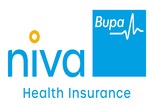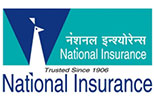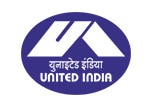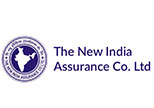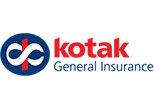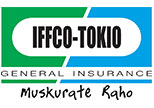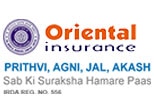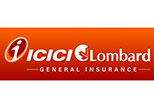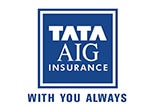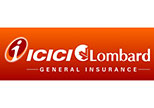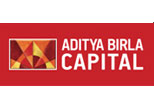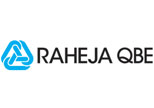National Health Scheme in India
Table of Contents
The entire healthcare industry is revolutionizing due to the onset of technology and improvement in healthcare treatments and as a result, healthcare has become very costly in these modern times. The expenditure for hospitalisation, medicines, and treatments has considerably risen as compared to earlier times, therefore making the lower and middle-income class groups financially stressed during times of medical emergencies. As healthcare is considered to be one of the primary needs of an individual, the Government of India has started various kinds of health insurance schemes to cater to this need of individuals.

National Health Insurance Schemes
Highlighted below are National health insurance schemes:
-
Rashtriya Swasthya Bima Yojana (RSBY)
Health insurance coverage is offered to families who are listed as Below Poverty Line(BPL) families under the Rashtriya Swasthya Bima Yojana (RSBY). Highlighted below are the features and benefits of the scheme:
- Coverage is offered for any pre-existing disease from the first day.
- No entry age limit under the scheme.
- Hospitalisation expenses coverage offered up to Rs. 30,000.
- Coverage can be offered to a maximum of 5 family members including self, spouse, and other three dependent family members.
- The recipient is required to pay only Rs 30 as a registration fee. The government pays the premium against the health insurance scheme.
-
Central Government Health Scheme (CGHS)
Under the Central Government Health Scheme coverage is offered to employees, dependants, and pensioners of the Central government. This scheme is available in 71 cities in India and offers wide coverage including domiciliary care, hospitalisation, health education, consultation facilities, etc. Also, other allopathy and nonallopathic treatments like AYUSH are covered under the health insurance scheme.
-
Yeshasvini Health Insurance Scheme
The scheme was launched by the Karnataka government in the year 2002 and is officially referred to as Yeshasvini Cooperative Farmers Healthcare Scheme. Health insurance coverage is provided to the Cooperative farmers of Karnataka under this scheme. The coverage includes medical expenses and 823 surgical treatments. Under this scheme, the coverage is offered to farmers who are a part of Karnataka's Rural cooperative society. The contribution of the covered farmers under the scheme is Rs 250 for rural Yeshasvini and Rs 710 for urban Yeshasvini.
-
Pradhan Mantri Suraksha Bima Yojana (PMSBY)
All Indian citizens, who are aged between 18-70 years and own a bank account are eligible to avail Pradhan Mantri Suraksha Bima Yojana scheme. The scheme offers coverage for total and permanent eyesight loss in both eyes, death, loss of hands, loss of one limb and one eye, or loss of both legs. The limit for coverage of death is Rs 2 lakh and permanent or total disability and Rs 1 lakh for partial disability. The premium paid towards the scheme is Rs 12.
-
West Bengal Health Scheme
The Government of West Bengal has launched this health insurance scheme for its employees. Individuals who can avail of coverage under this West Bengal Health Insurance scheme include pensioners of the Government of West Bengal, employees of Indian Forest Services, Indian Police Services, Indian Administrative Services, and retired AIS officers. For all the insured beneficiaries, the medical expenses can be reimbursed in case they avail of in-patient hospitalisation treatment within West Bengal or outside West Bengal in nine specified hospitals. OPD coverage is also offered for 15 kinds of specified diseases.
-
Karunya Health Scheme
Kerala government started the Karunya Health Scheme in the year 2012 to provide health cover for mentioned chronic illnesses. It is a kind of critical illness plan for poor individuals and offers coverage for major diseases like kidney, cancer, cardiovascular illnesses, etc. Individuals who fall below the poverty line( BPL) can enroll themselves under the Karunya Health Scheme. The beneficiary is required to give a copy of Aadhar card and Income Tax Certificate for the same.
Disclaimer: This article is issued in the general public interest and is meant for general information. Readers are advised not to rely on the article's contents as conclusive and should research further or consult an expert in this regard.
































